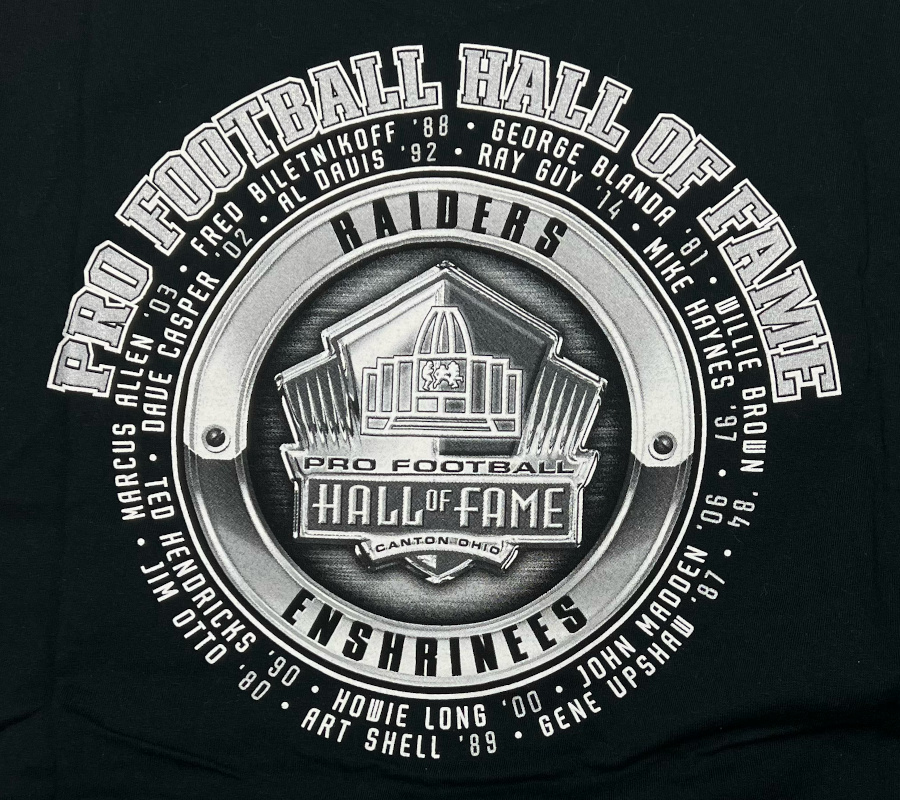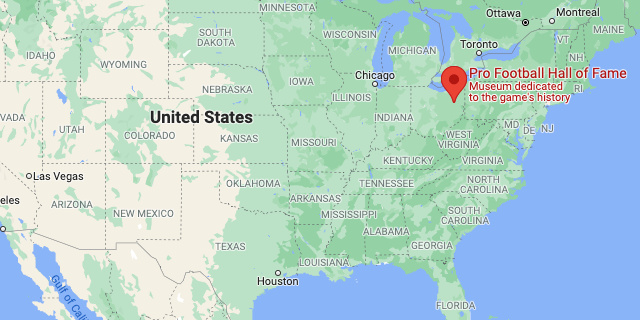
https://www.google.com/maps/place/Pro+Football+Hall+of+Fame
December 6, 1959:
The Canton Repository, a newspaper in Canton, Ohio, called for city officials to lobby the National Football League to create a football hall of fame in the community.The city had played an instrumental role in creating professional football:
Because of this history, Canton residents actively supported the city's efforts in securing the Pro Football Hall of Fame.
- On September 17, 1920, the American Professional Football Association (APFA) formed in the city. This organization eventually became the National Football League.
- The Canton Bulldogs was an early powerhouse in the league, and it actually was the first team to win two championships in the APFA.
1961:
Canton officials formally proposed their city as site for the hall of fame
The NFL quickly agreed to the city's proposal.
- To help convince NFL officials to locate the hall of fame in Canton, city officials donated several acres of land on Canton's north side to the project.
- Local residents also raised almost 400,000 dollars to help construct the hall of fame.
The Pro Football Hall of Fame formally opened on September 7, 1963
Initially the museum consisted of two buildings, but in 1971, 1978, and 1995, the Pro Football Hall of Fame experienced several expansions. As of 2007, the museum consisted of five buildings, covering 83,000 square feet. Nearly 200,000 people visit the Pro Football Hall of Fame each year.

(1 hour drive from Cleveland to Canton)
https://www.google.com/maps/place/Pro+Football+Hall+of+Fame
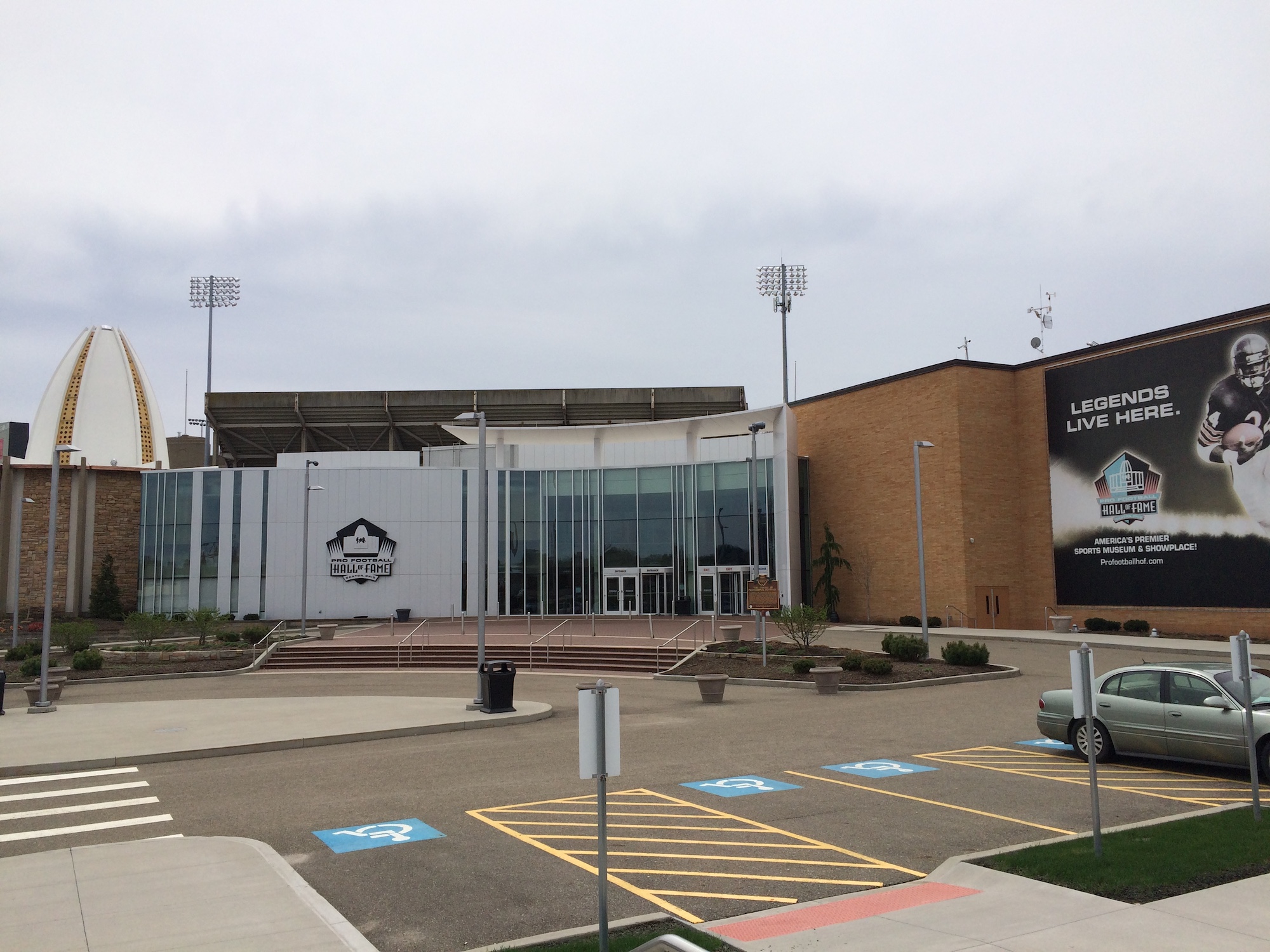
 From its humble beginnings in 1963 to the present day, the Pro Football Hall of Fame has grown in both size and stature. Recognized worldwide as America's premier sports Hall of Fame, it is doubtful that even the most optimistic of those who led the drive to bring the Hall of Fame to Canton, Ohio, could have envisioned the successes it would realize.
From its humble beginnings in 1963 to the present day, the Pro Football Hall of Fame has grown in both size and stature. Recognized worldwide as America's premier sports Hall of Fame, it is doubtful that even the most optimistic of those who led the drive to bring the Hall of Fame to Canton, Ohio, could have envisioned the successes it would realize.
An exhilarating museum and attraction, the Hall of Fame pays tribute to the talents and triumphs of pro football's greatest legends. Chronicled within the walls of the Hall of Fame are the stories and circumstances of play that bring to life words such as courage, dedication, vision, fair play, integrity and excellence.
The Pro Football Hall of Fame works collaboratively with the pro football family: the National Football League, the 32 NFL clubs and other entities. The cooperative efforts of all of these organizations have contributed greatly to the overall success of the Pro Football Hall of Fame. In turn, the Hall strives to serve as the best historical showplace and repository for the sport of professional football.
The Pro Football Hall of Fame has welcomed more than 10 million fans. Each year, visitors travel from each of the 50 states and from upward of 70 foreign countries to tour the Hall of Fame.

The heart and soul of the Pro Fooball Hall of Fame is of course the legends inducted over the years. So any trip here should start with a visit to the Hall of Fame Gallery, home to the bronze busts of all 300+ (and counting!) players, coaches and contributors who have been enshrined since the charter members were inducted in 1963.
In 2003, the Hall added interactive touch-screen kiosks for each player, which provide more information than any plaque ever could. In 2019, the Talking Bronzed Busts of John Madden and Michael Strahan debuted, powered by artificial intelligence and augmented reality, allowing guests to have a conversation with the legends' busts in real time.
The Pro Football Hall of Fame is home to the most comprehensive collection of football memorabilia anywhere in the U.S. The game balls. The jerseys. The hand-written documents. The hunk of turf saved by the star player (Franco Harris) of your team's (Cleveland Browns) most bitter rivals (Pittsburgh Steelers) from one of their most famous wins (Immaculate Reception). Sigh. Go anyway. This place is awesome.
https://www.thisiscleveland.com/things-to-do/major-attractions/pro-football-hall-of-fame

Aaron Rodgers became just the ninth player in history to win multiple MVP awards. The quarterback, who passed for 4,381 yards, led the NFL in touchdown-to-interception ratio (38 TDs, 5 INTs), finished second in passer rating (112.2) and yards per attempt (8.43), and third in touch-down passes.
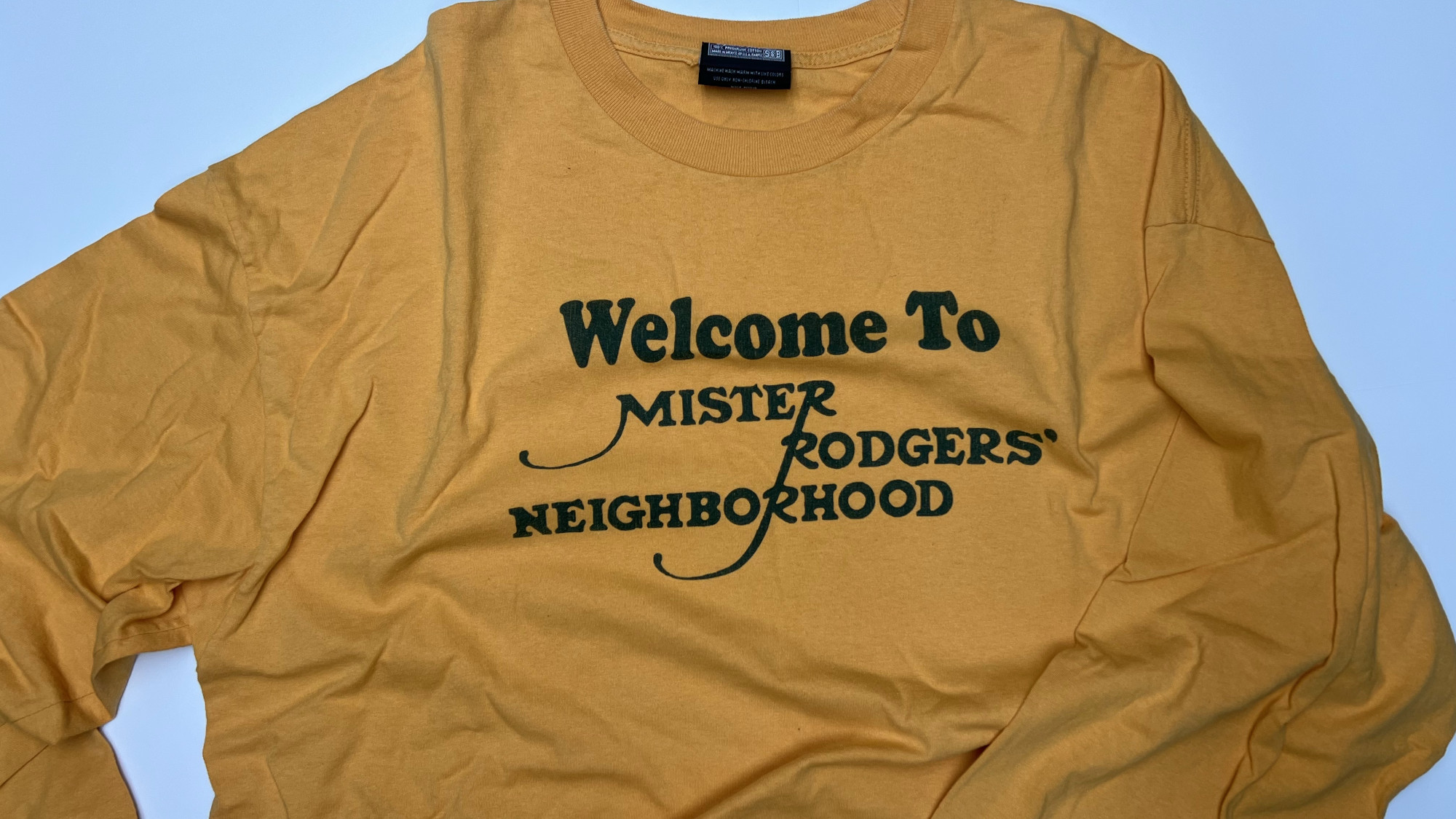

The Haggar Gold Jacket that Hall of Fame inductees receive during Enshrinement Week presented by Johnson Controls is one of the most recognizable items in the football world. When a former player, coach or contributor walk into a room wearing a Haggar Gold Jacket, everybody knows that the person wearing it is an NFL legend.
A Haggar Gold Jacket isn't just any old sport coat. Haggar is the Official Maker of the Hall of Fame Gold Jacket and the men who have one of these jackets are extraordinary. So, it makes sense that the iconic Gold Jacket is so unique!
- Custom interior lining
- Custom interior woven label including the enshrinee's name, class year and induction number
- Hall of Fame crest is placed on the outer left side of the jacket
- Made of hopsack wool
- Features custom Pro Football Hall of Fame buttons
- Each jacket comes in a custom box, deigned to resemble a football stadium, with an official Pro Football Hall of Fame garment bag
https://hofexperiences.com/blog/what-is-the-haggar-gold-jacket

Four straight days of events in Canton including a Fashion Show, Enshrinees' Gold Jacket Ceremony, Enshrinees' Roundtable, The Canton Repository Grand Parade, and a Concert for Legends (2021 was Brad Paisley and Lynyrd Skynyrd).
- More than 4,500 volunteers help the Canton Regional Chamber of Commerce and Pro Football Hall of Fame plan and stage exciting events over a two and a half week period, for the enjoyment of nearly 700,000 people.
- More than 350 meetings are held by the Enshrinement Festival's committees and sub-committees. Committee sizes range from 15 to 190 volunteer members.
- Just one example of volunteer commitment is reflected by the Communications Committee members who volunteer nearly 700 man hours of service.
- An estimated 225 volunteers from 35 different Emergency Medical Services agencies expended more than 2,276 hours and treated approximately 300 patients.
- The EMS committee typically uses more than 2,550 pounds of ice just to provide 9,100 cold towels and 10,200 cups of cool water to event guests and participants.
- An additional 85,000 pounds of ice are utilized by other outdoor events for food and beverage service.
- The Canton Repository Grand Parade is widely broadcast on Fox Sports Net Ohio, along with extensive local and regional cable coverage.
- Nearly 1,600 gallons of propane are used to refuel the 65 hot air balloons that participate in the Balloon Classic & Fireworks, and more than $25,000 spent to house and feed the pilots during their three-day stay in Stark County.

The Pro Football Hall of Fame is the hall of fame for professional American football, located in Canton, Ohio.The Pro Football Hall of Fame:
- Opened in 1963
- The Hall of Fame enshrines exceptional figures in the sport of professional football including:
- Players
- Coaches
- Franchise owners
- Front-office personnel
- As of the Class of 2020, there are a total of 346 members of the Hall of Fame
Members are referred to as "Gold Jackets" due to the distinctive gold jackets they receive during the induction ceremony
- Between four and eight new inductees are normally enshrined every year
For the 2020 class, an additional 15 members, known as the "Centennial Slate", were inducted into the Hall of Fame to celebrate the 100th anniversary of the NFL.
Hall of Fame Village, an estimated $900 million expansion project adjacent to the Pro Football Hall of Fame, has completed Phase I of construction; preparations for beginning Phase II are currently underway.
- The city of Canton successfully lobbied the NFL to have the Hall of Fame built and has cited three reasons:
- The NFL was founded in Canton on September 17, 1920
- The now-defunct Canton Bulldogs were a successful pro football team and the NFL's first repeat champion (in 1922 and 1923)
- The Canton community held a fundraising effort that garnered nearly $400,000 to get the Hall of Fame built
- Groundbreaking for the building was held on August 11, 1962
- The original building contained just two rooms, and 19,000 square feet (1,800 m2) of interior space
- April 1970 ground was broken for the first of many expansions and was completed in May 1971. The size was increased to 34,000 square feet by adding another room. The pro shop opened with this expansion.
- November 1977 work began on another expansion project it was completed in November 1978. Enlarging the gift shop and research library, while doubling the size of the theater. The total size of the hall was now 50,500 square feet, more than 2.5 times the original size.
- July 1993 the Hall then announced yet another expansion and adding a fifth room it was completed in October 1995. The building's size was increased to 82,307 square feet. The most notable addition was the GameDay Stadium, which shows an NFL Films production on a 20-by-42-foot Cinemascope screen
- 2013 the Hall of Fame completed its largest expansion and renovation to date, and now consists of 118,000 square feet
Selection process:
Enshrinees are selected by a 48-person committee, largely made up of media members, officially known as the Selection Committee. Each city that has a current NFL team sends one representative from the local media to the committee; a city with more than one franchise sends one representative for each franchise.There are also 15 at-large delegates, including one representative from the Pro Football Writers Association. Except for the PFWA representative, who is appointed to a two-year term, all other appointments are open-ended, and terminated only by death, incapacitation, retirement, or resignation.
Eligibility:
To be eligible for the nominating process, a player or coach must have been retired for at least five years; any other contributor such as a team owner or executive can be voted in at any time.Nomination:
Fans may nominate any player, coach or contributor by simply writing via letter or email to the Pro Football Hall of Fame. The Selection Committee is then polled three times by mail (once in March, once in September, and once in October) to eventually narrow the list to 25 semifinalists. In November, the committee then selects 15 finalists by mail balloting.A Seniors and Contributors Committee, subcommittees of the overall Selection Committee, nominate Seniors (those players who completed their careers more than 25 years ago) and Contributors (individuals who made contributions to the game in areas other than playing or coaching). The Seniors Committee and Contributors Committee add one or two finalist(s) on alternating years, which makes a final ballot of 18 finalists under consideration by the full committee each year.
Voting Procedure:
The Selection Committee then meets on "Selection Saturday", the day before each Super Bowl game to elect a new class. To be elected, a finalist must receive at least 80% support from the Board. At least four, but no more than eight, candidates are elected annually.
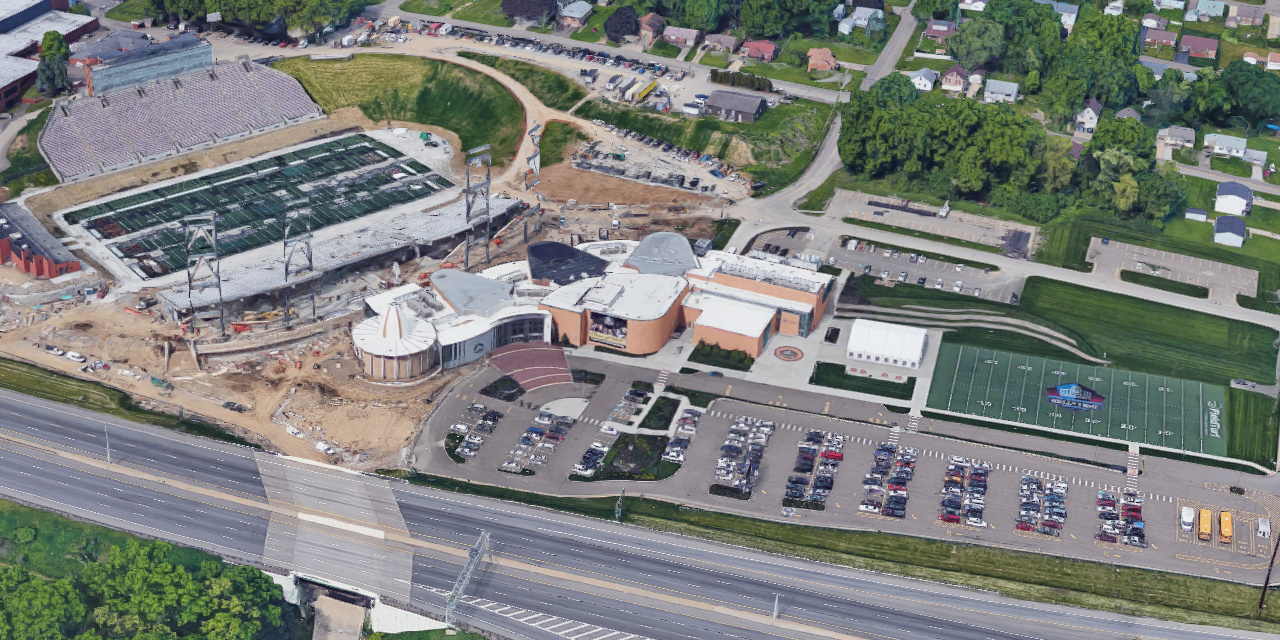
https://www.google.com/maps/place/Pro+Football+Hall+of+Fame
| Timeline: | |
|---|---|
| https://www.profootballhof.com/football history/history of football | |
| 1869 Rutgers and Princeton played a college soccer football game, the first ever, November 6. The game used modified London Football Association rules. During the next seven years, rugby gained favor with the major eastern schools over soccer, and modern football began to develop from rugby. | |
| 1869 | First ever college soccer football game |
| 1876 | First rules for American Football are written |
| 1892 | Pudge Heffelfinger becomes the first person to be paid to play football |
| 1893 | First pro football contract |
| 1895 | First football player to turn pro |
| 1896 | The first completely professional team |
| 1897 | Professionals only |
| 1898 | Touchdown points increased to five points |
| 1899 | Origins of Arizona Cardinals |
| 1900 | First known individual club owner |
| 1902 | The first World Series of Pro Football is played |
| 1903 | The second and last World Series of Pro Football |
| 1904 | Field goal points decreased to four points |
| 1905 | Canton AC becomes a professional team |
| 1906 | The forward pass is legalized |
| 1909 | Field goal decreased to three points |
| 1912 | Touchdown increased to six points |
| 1913 | Jim Thorpe plays for the Pine Village Pros in Indiana |
| 1915 | Jim Thorpe signed to Canton AC for 250 a game |
| 1916 | Canton AC wins the Ohio league championship |
| 1917 | Canton AC wins the Ohio champion league again |
| 1919 | Green Bay Packers is organized |
| 1920 | American Professional Football conference is formed |
| 1921 | The Decatur Stales claim the APFA championship |
| 1922 | American Professional Football Association changes name to National Football League |
| 1923 | For the first time all of the franchises considered to be part of the NFL fielded teams |
| 1924 | Cleveland Bulldogs win the NFL title |
| 1925 | The NFL establishes a 16 player limit |
| 1926 | The American Football League is born |
| 1927 | The NFL drops from 22 to 12 teams |
| 1928 | The NFL is reduced to only 10 teams |
| 1929 | The NFL adds the field judge as a 4th official |
| 1930 | The NFL gains credibility and public recognition |
| 1931 | The NFL decreases to 10 teams |
| 1932 | NFL membership drops to 8 teams |
| 1933 | The NFL changes several rules to serve its needs and style of play |
| 1934 | The first NFL game is broadcast nationally |
| 1935 | The NFL proposes to hold an annual draft of college players beginning in 1936 |
| 1936 | First year in which all member teams play the same number of games |
| 1937 | Los Angeles Bulldogs win the AFL title |
| 1938 | The pro bowl game between the NFL champion and a team of Pro All Stars is established |
| 1939 The New York Giants defeated the Pro All Stars 13 to 10 in the first Pro Bowl, at Wrigley Field, Los Angeles, January 15. | |
| 1939 | First televised game |
| A six team rival league, the third to call itself the American Football League, was formed in 1940, and the Columbus Bullies won its championship. | |
| 1940 | The first championship broadcast on network radio |
| 1941 | The first commissioner of the NFL Elmer Layden was named the first Commissioner of the NFL, March 1 |
| 1942 | Players depart for service in World War II |
| 1943 | The NFL adopts free substitution |
| 1944 | Coaching from the bench is legalized |
| 1945 | The inbound lines are moved closer to the center of the field |
| 1946 | The first African Americans are signed to play in the NFL Halfback Kenny Washington (March 21) and end Woody Strode (May 7) signed with the Los Angeles Rams to become the first African-Americans to play in the NFL in the modern era. |
| 1947 | The NFL adds a fifth official |
| 1948 | First modern helmet emblems in pro football are painted |
| 1949 | For the first time the NFL has two 1,000 yard rushers in the same season Steve Van Buren of Philadelphia and Tony Canadeo of Green Bay |
| 1950 | The Los Angeles Rams become the first team to have all of its game televised |
| 1951 | The NFL championship game is televised coast to coast for the first time |
| 1952 | The single wing formation is abandoned |
| 1953 | The largest trade in league history A Baltimore group headed by Carroll Rosenbloom was granted a franchise and was awarded the holdings of the defunct Dallas organization, January 23. The team, named the Colts, put together the largest trade in league history, acquiring 10 players from Cleveland in exchange for five. |
| 1954 | The first player to gain 1,000 yards rushing in consecutive seasons Fullback Joe Perry of the 49ers became the first player in league history to gain 1,000 yards rushing in consecutive seasons. |
| 1955 | The sudden death overtime rule is used for the first time in a pre season game |
| 1956 | The NFL players association is founded |
| 1957 | Pete Rozelle is named general manager of the Rams |
| 1958 | Bonus selection in the draft is eliminated |
| By 1959 there were seven franchises. | |
| 1959 | Lamar Hunt forms the American Football League |
| 1960 | The AFL and NFL agree to not tamper with players contracts |
| 1961 | First player to move deliberately from one league to another End Willard Dewveall of the Bears played out his option and joined the Oilers, becoming the first player to move deliberately from one league to the other, January 14. |
| 1962 | Both leagues prohibited grabbing any player's face mask |
| The Pro Football Hall of Fame was dedicated at Canton, Ohio, September 7 1963. | |
| 1963 | The Pro Football Hall of Fame opens |
| 1964 | The first soccer style kicker in pro football Pete Gogolak of Cornell signed a contract with Buffalo, becoming the first soccer-style kicker in pro football. |
| 1965 | The NFL adds a sixth official |
| 1966 | Congress approves the AFL / NFL merger |
| 1967 | An AFL team defeats an NFL team for the first time |
| Green Bay defeated Oakland 33 - 14 in Super Bowl II at Miami, January 14. The game had the first $3 million gate in pro football history. | |
| 1968 | The first NFL team to play its home games in a domed stadium The Oilers left Rice Stadium for the Astrodome and became the first NFL team to play its home games in a domed stadium. |
| 1969 | An AFL team wins the Super Bowl for the first time An AFL team won the Super Bowl for the first time, as the Jets defeated the Colts 16-7 at Miami, January 12 in Super Bowl III. |
| 1970 | The Super Bowl Trophy is renamed the Vince Lombardi Trophy |
| 1971 | The first AFC NFC Pro Bowl |
| 1972 | National District Attorneys Association and Professional Leagues oppose legalization of gambling on professional team sports |
| 1973 | The first perfect record regular season and postseason mark in NFL history Miami defeated Washington 14-7 in Super Bowl VII at Los Angeles, completing a 17-0 season, the first perfect-record regular-season and postseason mark in NFL history, January 14. |
| 1974 | Sweeping rules changes are adopted to add action and tempo to games |
| 1975 | Referees are equipped with wireless microphones |
| 1976 | The Cowboys become the first wild card team to play in the Super Bowl |
| 1977 | Rules changes are adopted to open up the passing game and to cut down on injuries |
| 1978 | A seventh official is added to the officiating crew |
| 1979 | NFL rules changes emphasize additional player safety |
| In 1980 Pittsburgh defeated the Los Angeles Rams 31 - 19 in Super Bowl XIV at Pasadena to become the first team to win four Super Bowls, January 20. The game was viewed in a record 35,330,000 homes. | |
| 1980 | The first team to win four super bowls Pittsburgh |
| 1981 | The first wild card team to win a super bowl Oakland defeated Philadelphia 27-10 in Super Bowl XV at the Louisiana Superdome in New Orleans, to become the first wild-card team to win a Super Bowl, January 25. |
| 1982 | The NFLPA goes on strike |
| 1983 | The Super Bowl becomes one of the top ten live programs in television history |
| 1984 | Wellington Mara is named president of the NFC |
| 1985 | Super Bowl XIX becomes the most viewed live event in history |
| 1986 | The first wild card team to win three consecutive games on the road The Patriots |
| 1987 | The first contract with a cable network |
| 1988 | The first African American referee in NFL history Johnny Grier became the first African-American referee in NFL history, September 4. |
| 1989 | Long time NFL commissioner Pete Rozelle retires |
| 1990 | The Super Bowl most valuable player trophy is renamed the Pete Rozelle Trophy |
| 1991 | The NFL launches the World League of American Football |
| 1992 | The use in officiating of a limited system of instant replay is not approved for the first time in six years |
| 1993 | NFL Enterprises is born |
| 1994 | The NFL launches NFL Sunday Ticket |
| 1995 | The first major sports league to establish a site on the internet |
| 1996 | NFL total paid attendance for all games reach a record level for the seventh consecutive year |
| 1997 | Rules governing cross ownership are modified |
| 1998 | The NFL reaches agreement on record eight year television contracts with four networks |
| By 1999 the game was viewed by 127.5 million viewers, the sixth most watched program in U.S. television history, January 31. | |
| 1999 | NFL paid attendance is the highest in league history Paid attendance for all NFL games increased in 1999 for the third year in a row and was the highest ever in the 80 year history of the league. It marked the first time in league history that the 20-million paid attendance mark was reached for all games in a season, March 27. |
| 2000 | Pro football's greatest reunion More than 100 of the 136 living members of the Pro Football Hall of Fame gathered to celebrate Pro Football's Greatest Reunion in Canton, Ohio, July 28-31. |
| 2001 | NFL owners unanimously approve a realignment plan for the league |
| 2002 | The NFL and NFLPA announce the creation of USA Football |
| 2003 | The NFL Network will be the first television programming service fully dedicated to the NFL and the sport of football, January 16. |
| 2004 | All time paid attendance record for a second consecutive year |
| 2005 | The NFL strengthens its steroids program |
| 2006 | Commissioner Tagliabue announces his decision to retire |
| 2007 | The first alliance to coordinate medical support services for former players is formed |
| 2008 | The NFL established a new fan code of conduct to help support a positive fan environment at all NFL stadiums |
| 2009 | New and expanded guidelines on return to play for players who sustain a concussion |
| 2010 | A new neurological care program for retired players is announced |
| 2011 | A new standardized sideline concussion assessment protocol is announced |
| 2012 | NFL clubs extend commissioner Goodell's contract |
| 2013 | The Baltimore Ravens won their second Super Bowl |
| 2014 | The 2014 Pro Bowl introduced a new format for the NFL's All Star Game including a draft to determine rosters and major playing rules adjustments |
| 2015 | The NFL and CBS agreed to continue a partnership |
| 2016 | The transfer of the Rams from St. Louis to Los Angeles |
| 2017 | Chargers exercised their option to move from San Diego to Los Angeles |
| 2018 | The NFL announced a joint player and ownership committee focused on social justice |
| Hall of Famers by Year of Enshrinement: | |
|---|---|
| https://www.profootballhof.com/heroes-of-the-game/years | |
1963:
| |
1964:
| |
1965:
| |
1966:
| |
1967:
| |
1968:
| |
1969:
| |
1970:
| |
1971:
| |
1972:
| |
1973:
| |
1974:
| |
1975:
| |
1976:
| |
1977:
| |
1978:
| |
1979:
| |
1980:
| |
1981:
| |
1982:
| |
1983:
| |
1984:
| |
1985:
| |
1986:
| |
1987:
| |
1988:
| |
1989:
| |
1990:
| |
1991:
| |
1992:
| |
1993:
| |
1994:
| |
1995:
| |
1996:
| |
1997:
| |
1998:
| |
1999:
| |
2000:
| |
2001:
| |
2002:
| |
2003:
| |
2004:
| |
2005:
| |
2006:
| |
2007:
| |
2008:
| |
2009:
| |
2010:
| |
2011:
| |
2012:
| |
2013:
| |
2014:
| |
2015:
| |
2016:
| |
2017:
| |
2018:
| |
2019:
| |
2020:
| |
2021:
| |
2022:
| |





